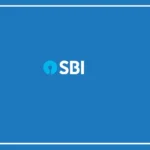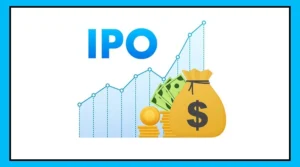The Reserve Bank of India (RBI) has confirmed that UPI (Unified Payments Interface) transactions will remain free. Governor Sanjay Malhotra said there is no proposal to impose charges on UPI payments.
Why This Matters
UPI is India’s most popular digital payment system. Users were worried about possible charges after subsidies for UPI were reduced in the recent budget.
However, the RBI clarified that both the government and the central bank want to keep digital payments free and accessible for now.
Costs Behind UPI
Although UPI is free for customers, it does involve operating costs. Governor Malhotra explained that while UPI services may not remain free forever, there is no plan to charge users at present.
RBI’s New Loan Security Proposal
Apart from UPI, the RBI is also considering stricter loan rules. Banks may be allowed to digitally “lock” mobile phones purchased on loans if customers fail to pay EMIs.
Deputy Governor M. Rajeshwar Rao said the final decision will be made after balancing consumer rights with the security of financial institutions.
Economic Outlook
In its monetary policy review, the RBI projected India’s GDP growth at 6.8% for 2025–26, while inflation has come down sharply. This shows the strength of the Indian economy and signals steady growth.
Impact on Digital Payment Sector
The announcement brought relief to digital payment companies and users. For instance, Paytm’s stock jumped after the clarification.
The RBI confirmed that UPI will stay free and easy to use, ensuring continued growth in digital transactions.
Conclusion
By keeping UPI free, the RBI is supporting India’s digital payment revolution, lowering costs for consumers, and promoting financial inclusion.
At the same time, it is working to improve safety and technology in the system.
























